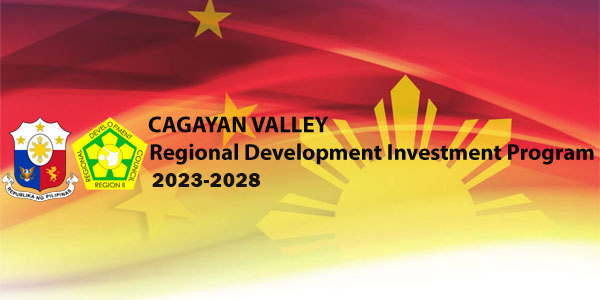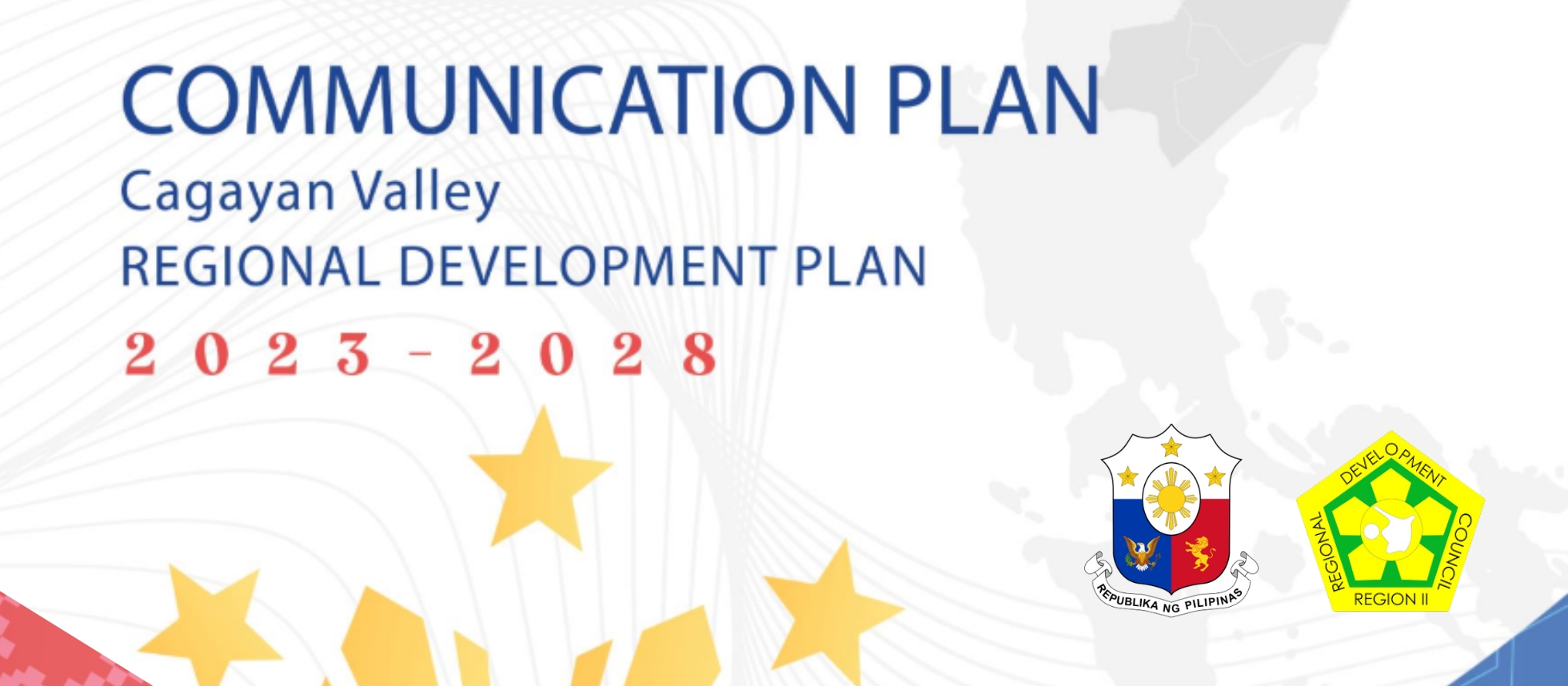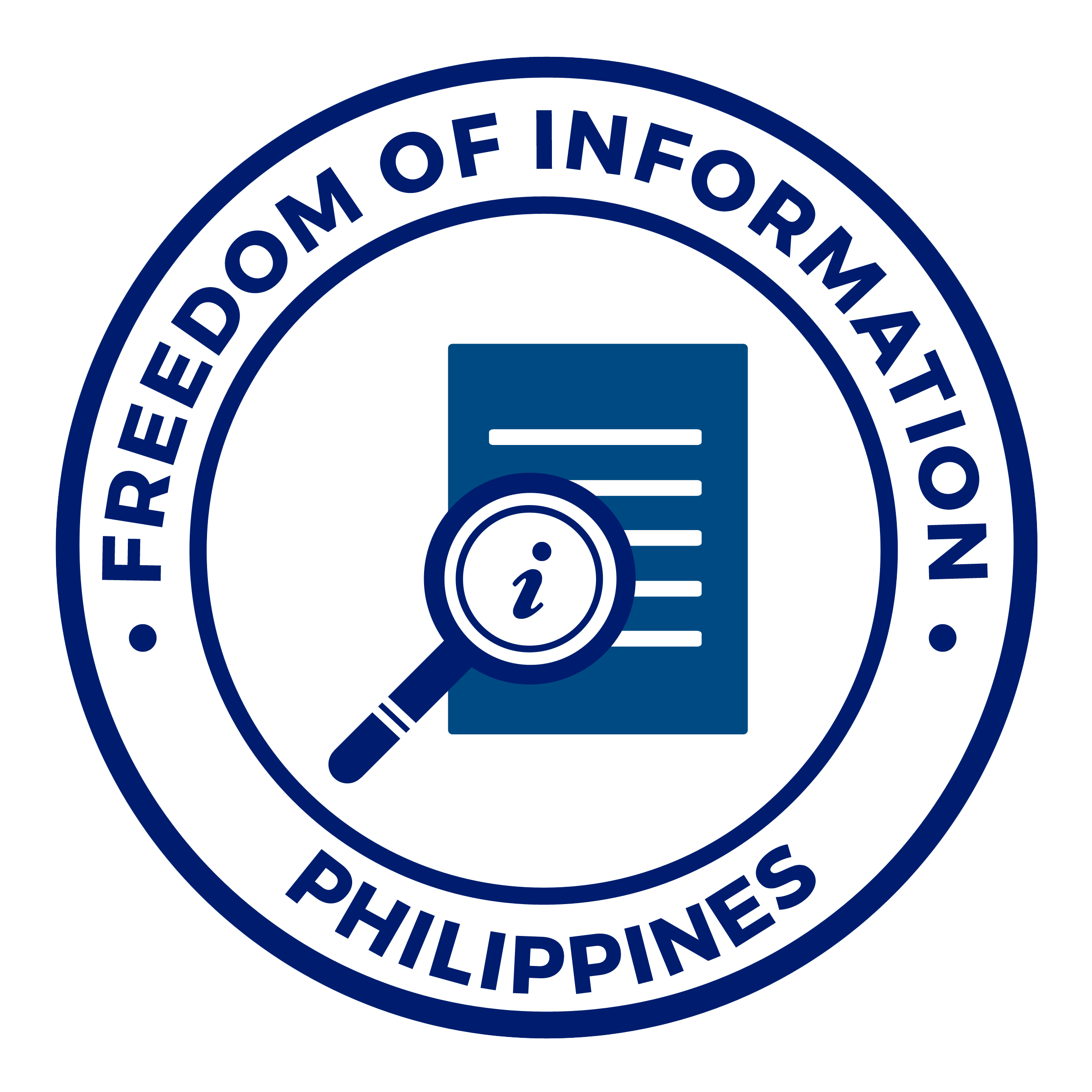The Department of Labor and Employment (DOLE) 2 conducted 17 job fairs in partnership with the different Local Government Units (LGUs) in region 2 for the month of March, 2012. … Read more »
DOLE, LGU to provide employment for Aeta students through SPES
MACONACON, ISABELA – Aeta settler in the island towns of Divilacan and Maconacon is one of the depressed and neglected tribal groups according to the local chief executives. About 600 aetas are struggling due to lack of education, skills and livelihood.… Read more »
Regional Profile
The Cagayan Valley , the northernmost region in the Philippines, has provided and sustained the basic resource base of the country. It significantly supplies food, water and power not only to the adjacent regions but impacts on the basic needs of the nation’s capital. Much of its comparative advantages come from an overwhelming abundance of nature’s blessing vast and fertile land area .
Cagayan Valley, the fourth largest region in the Philippines, covers 26,838 square kilometers. Of this area, three-fourths cover the provinces of Cagayan and Isabela.
The region has a wide expanse of rich agricultural lands suitable to a wide variety of agricultural commodities. The region has already earned the distinction of being a major food supplier to the rest of the country, particularly in grains and legumes. Due to the soil’s richness, the Valley takes pride in organically grown produce.… Read more »
intro
Welcome to RDC II Website
Regional development planning was adopted by the government in 1967 as part of the national development planning process. This was intended to spread out sustained and equitable development beyond Metro Manila. The REGIONAL DEVELOPMENT COUNCIL (RDC) was created in September 1972 and organized in December 1972 in order to operationalize and coordinate this sub-national process. It is defined as a decentralized and participatory mechanism which can harness the efforts of LGUs, regional line agencies, NGOs, academe and legislators to jointly coordinate, implement and monitor development plans, programs and projects in the region.
SEARCH HERE:




















